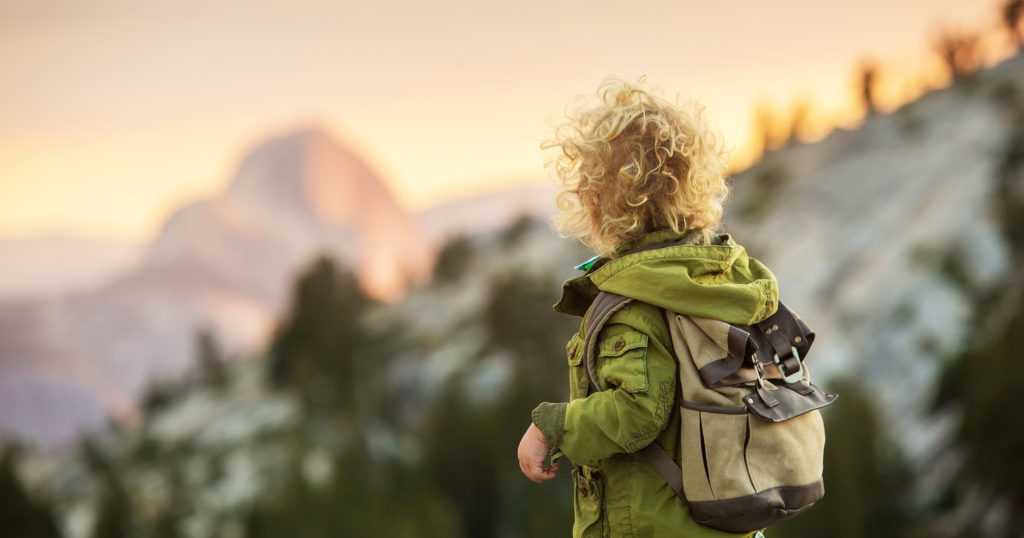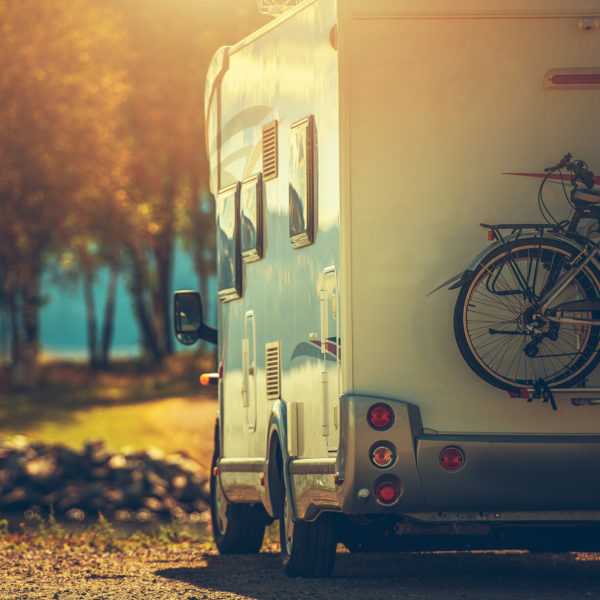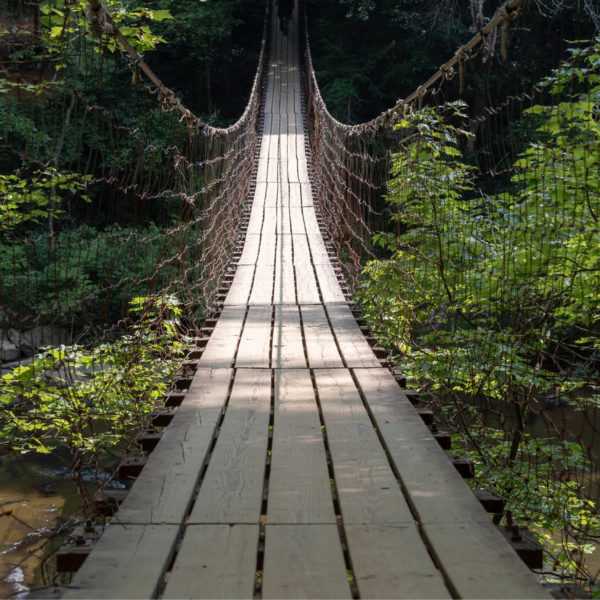Visitors flocking to national, state parks this summer


U.S. national and state parks are experiencing an explosion in attendance this summer, as Americans — cooped-up for months during the height of the coronavirus pandemic — hit the road again as vaccinations have long been available throughout most of the country.


Many parks are preparing for their busiest year ever, and according to The New York Times, several — Yellowstone National Park and Grand Teton National Park among them — have already set monthly visitation records.
National park visitor spending generated an economic impact of more than $41 billion in 2019, according to the U.S. Department of the Interior. While that figure fell to $28.6 billion during pandemic-plagued 2020, it looks likely to rebound in a big way for 2021.
Lodging expenses accounted for the largest share of visitor spending in 2019, totaling $7.1 billion, DOI reported. The restaurant sector had the next greatest effects, with $4.2 billion in economic output. Motor vehicle fuel expenditures were $2.16 billion, with retail spending at $1.93 billion.
Yellowstone — based in Wyoming and spreading into Montana and Idaho as well — reports that it hosted 938,845 recreation visits in June, making it the park’s most-visited June on record. That is a 64% increase from June 2020 (573,205 recreational visits) and a 20% increase from June 2019 (781,853 recreation visits).
Wyoming’s Grand Teton, which has yet to release its June visitation statistics, reported record visitation in May, hosting an estimated 363,712 recreation visits, a 30% increase compared with May 2019. Grand Teton did not offer June 2020 attendance figures as a comparison, owing to the fact that it was closed for more than half of that month.
“This season, national parks are already bustling,” the National Parks Service reports on its website. NPS is advising potential park visitors to plan carefully before they set out, and recommends reservations wherever possible. “Many campgrounds and lodges in and around well-known parks are already fully booked,” it warns. “Having a reservation guarantees you won’t arrive at a park only to find that you need an entrance reservation, there’s no place to sleep, or a popular trail is closed.” And lodgings aren’t cheap: It’s not uncommon for hotel prices to be at least 25% higher during peak season.
The parks themselves are a relative bargain. Adults 62 and older can purchase a lifetime national park pass for $80 (plus a $10 processing fee), and anyone in the car with the pass holder enters the park for free as well.
Arches National Park in Grand County, Utah, a red-rock wonderland known for its more than 2,000 natural sandstone arches, is alerting potential visitors of potential entrance delays on its website. “Parking lots at trailheads often fill before 7:30 am, causing the park to temporarily restrict access until congestion lessens. Periods of restricted access can last 3-5 hours,” it cautions.
According to The Wall Street Journal, Arches drew some 194,000 visitors in April, up 15% from the same month in 2019. The pandemic forced the park to be closed in April 2020.
And the nearby lodging industry is enjoying the surge, as well. For example, a Holiday Inn Express in nearby Moab, Utah, is asking $243 per night in August for a double room for which it commands $126 in November. That’s a 93% increase.
“Anywhere you go, there’s going to be a line,” Libby Preslock, a recent Utah park visitor, told The Journal. She arrived at Arches at 9 a.m. on a Thursday and found it full. She then went to the much larger but less popular Canyonlands National Park, which is some 30 miles away, and ended up waiting about a half-hour to get in.
The Journal said that entry lines can become up to two hours long during peak visitation times at Canyonlands, which saw its number of visitors jump 30% in April 2021 from April 2019, to nearly 117,000.
As to state parks — for years suffering from budget cuts generated by the Great Recession — just about every state saw a surge in park visitors during the pandemic, which, unfortunately, drew attention to maintenance issues and upgrades needed to deal with the record crowds, according to Pew Charitable Trusts’ Stateline blog.
Citing data from Montana-based think tank Property and Environmental Research Center, the blog said spending on state park operations fell from $3 billion to $2.5 billion nationwide between 2008 and 2019.
After the American Rescue Plan poured more than $6 billion in federal funds to the state governments earlier this year, many governors and state lawmakers of both parties took the opportunity to address longstanding issues in their parks, making huge investments.
Some states with budgets shored up by the federal stimulus funds are also using their own resources to increase parks funding, the blog said. Earlier this year, Missouri lawmakers approved a $68 million package that would fund new campground and lodging projects through bonds and grants.
However, the country’s state park officials say it will take anywhere from a year and a half to five years to complete the projects their states are now funding.
“We have a list hundreds of spreadsheet lines long of aging infrastructure needs, accessibility projects, boardwalk repairs, hurricane damage,” Julia Gill Woodward, chief executive of nonprofit park advocate Florida State Parks Foundation, told Stateline. “This [stimulus] is going to allow us to make a bigger dent in that list.”

